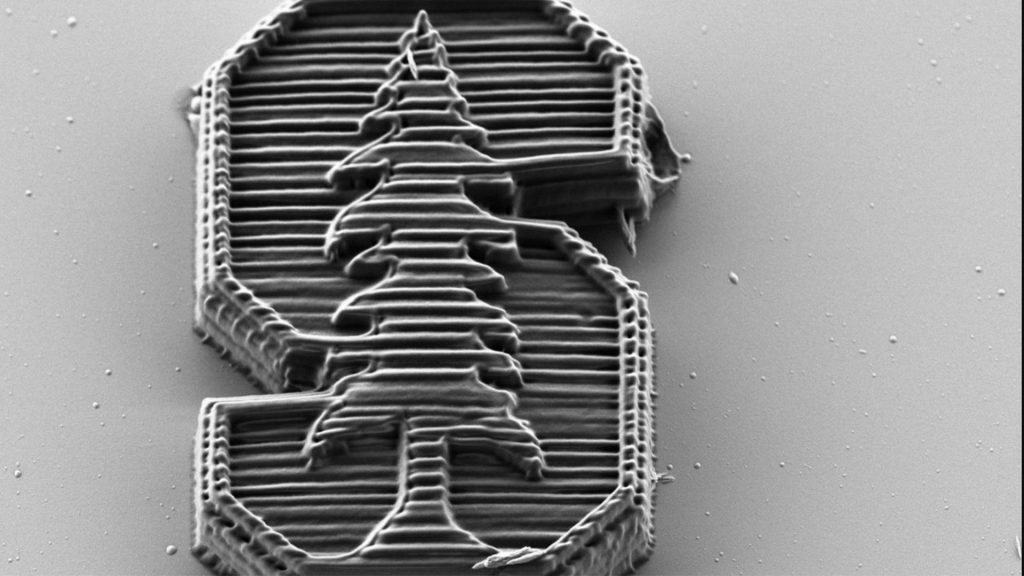Stanford University engineers have developed a nanoscale 3D printing material that may be able to provide enhanced structural protection for satellites, drones, and microelectronics.
This innovative material is lighter in weight and has a protective lattice that can absorb twice as much energy as previous materials of a similar density.
“There’s a lot of interest right now in designing different types of 3D structures for mechanical performance,” says Wendy Gu, an assistant professor of mechanical engineering and a corresponding author on the paper.
“What we’ve done on top of that is develop a material that is really good at resisting forces, so it’s not just the 3D structure, but also the material that provides very good protection.”
They have added metal nanoclusters (tiny groupings of atoms) to their printing medium to create a superior 3D printing material. Researchers are using two-photon lithography for printing. It hardens the printing material through a chemical reaction initiated by laser light. It was discovered that their nanoclusters were especially effective in starting this reaction, which produced a substance that was a mixture of the metal and the polymer printing medium.
“The nanoclusters have very good properties for taking in the laser light and then converting that to a chemical reaction,” Gu explains.
“And they’re able to do this with several classes of polymers, so they’re even more versatile than I expected.”
The scientists were able to mix proteins, acrylates, and epoxies—a few popular kinds of polymers used in 3D printing—with metal nanoclusters. The printing process was accelerated by the nanoclusters as well.
For instance, Gu and her coworkers were able to print at a speed of 100 millimeters per second using the nanoclusters and proteins, which is roughly 100 times faster than what had previously been possible with nanoscale protein printing.
“The lattice structure certainly matters, but what we’re showing here is that if the material it’s made out of is optimized, that’s more important for performance,” Gu says. “You don’t have to worry about exactly what the 3D structure is if you have the right materials to print with.”
“Since the nanoclusters are able to polymerize these different classes of chemicals, we may be able to use them to print multiple materials in one structure,” Gu says. “That’s one thing we’d like to aim for.”

